The history of urban development in London, United Kingdom, is a fascinating journey that spans over two millennia. The city’s evolution reflects the changing social, economic, and political landscape of not just London but also the broader context of British and global history. Here is a concise overview of key periods and developments in London’s urban history:
- Roman London (43-410 AD): The city of London was founded by the Romans around 43 AD. They established it as a strategic bridgehead on the north bank of the River Thames. The settlement, known as Londinium, quickly grew into a bustling port and trading center. Roman London featured a network of roads, bridges, and defensive walls.
- Medieval London (410-1500): After the Roman withdrawal, London went through a period of decline, but it gradually revived during the medieval era. The city’s population increased, and it became a hub for trade and commerce. Key landmarks, such as the Tower of London and Westminster Abbey, were constructed during this time. The city expanded, but its growth was somewhat constrained by the defensive city walls.
- Tudor and Stuart London (1500-1666): The Tudor and Stuart periods saw further growth, with the construction of notable structures like St. Paul’s Cathedral and the Globe Theatre. However, the Great Fire of London in 1666 devastated a significant portion of the city, leading to a major rebuilding effort. Sir Christopher Wren played a crucial role in designing and reconstructing many of London’s iconic buildings.
- Georgian and Victorian London (1666-1901): The 18th and 19th centuries marked a period of rapid expansion and industrialization. The Industrial Revolution brought significant changes to the cityscape, with the development of railways, factories, and housing for the growing population. Victorian London is known for the construction of grandiose public buildings, such as the Houses of Parliament and Victoria Station.
- Early 20th Century: The early 20th century witnessed both architectural innovation and the impact of World Wars. The construction of iconic buildings like the Battersea Power Station and the advent of the London Underground transformed the city. However, the Blitz during World War II caused widespread destruction, particularly in the East End.
- Post-War Reconstruction and Modern London (1945-present): The post-war period saw extensive reconstruction efforts, including the construction of new housing estates and the establishment of the Green Belt to control urban sprawl. In the latter half of the 20th century, modernist architecture made its mark on the city, with notable examples like the Barbican Estate. Contemporary London continues to evolve, with ongoing urban regeneration projects, the construction of iconic skyscrapers like The Shard, and efforts to balance historical preservation with modern development.
Throughout its history, London’s urban development has been shaped by factors such as trade, industry, politics, and technological advancements. The city’s rich historical tapestry is evident in its diverse architectural styles and the juxtaposition of ancient landmarks with cutting-edge contemporary structures.

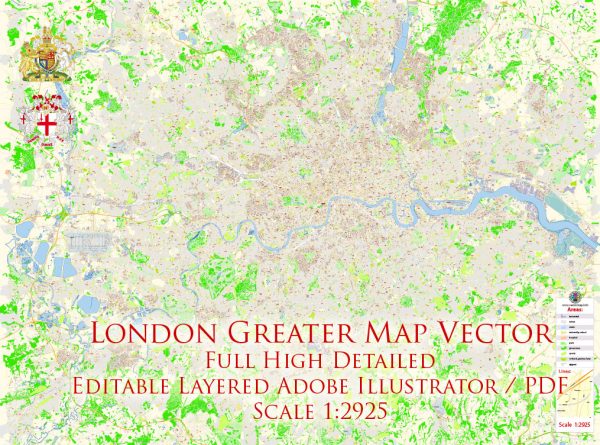
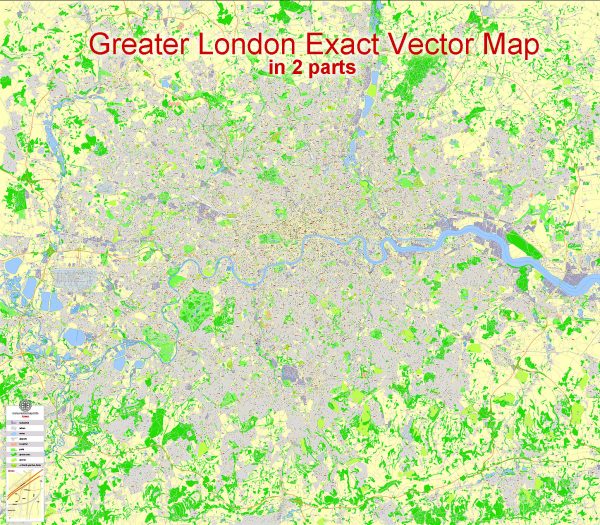
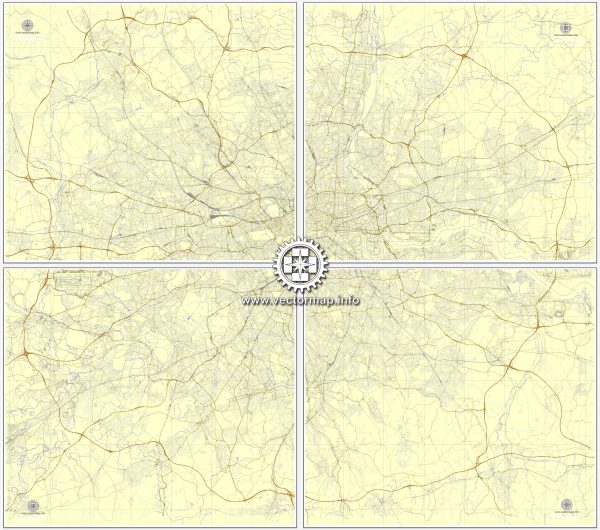
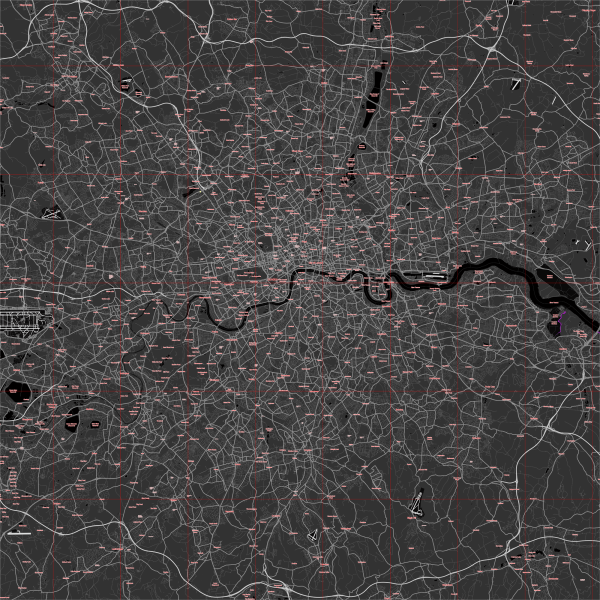
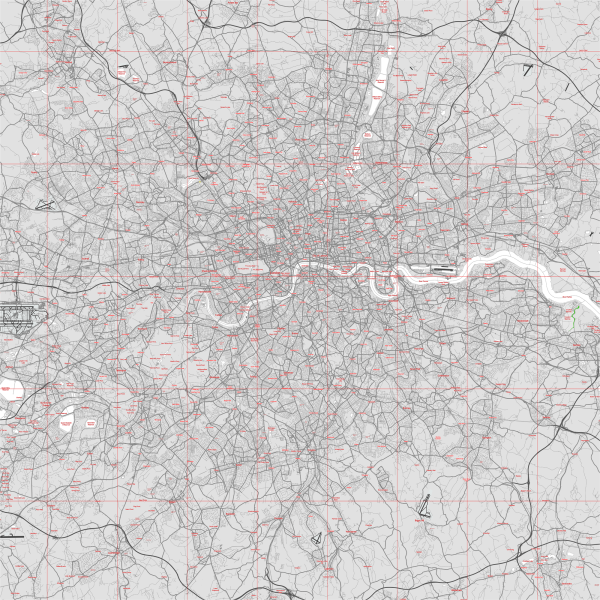
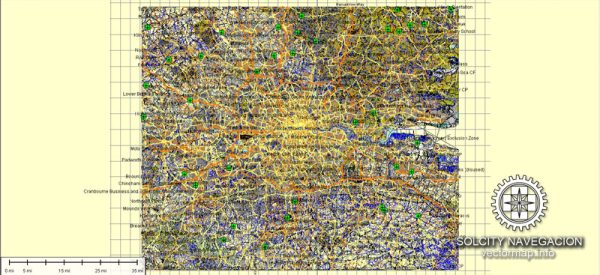
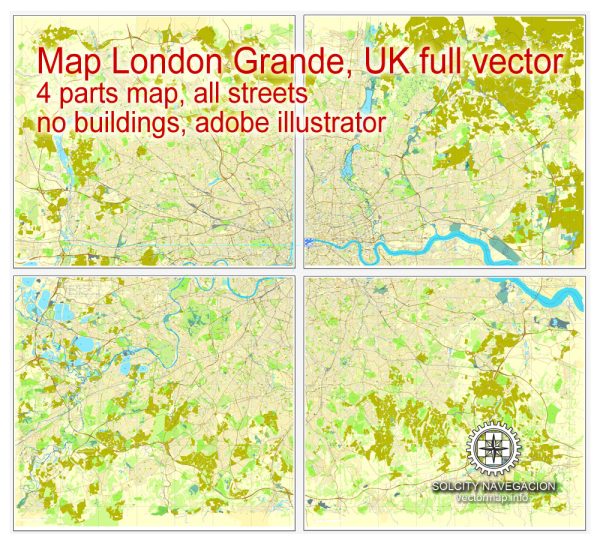
 Author: Kirill Shrayber, Ph.D.
Author: Kirill Shrayber, Ph.D.